Heed these rules to ensure a safe adventure for you and the animals you encounter
1. Many herd areas and HMAs are within designated wilderness or wilderness study areas, limiting motorized travel to established roads. These areas are generally marked with posts, resembling those commonly used for wire fencing, laminated with small signage. As a general rule for all herd areas, tread lightly and keep your vehicle on established roads and trails at all times. Remember that vegetation is limited in these arid regions, and these animals depend upon you to be a responsible visitors in their homes.
2. It is illegal to capture, chase, harass, or in any way harm free-roaming horses. If you witness anyone engaging in activity harmful to these animals, please report the incident to the nearest BLM or National Park Service office as quickly as possible.
3. Mustangs are wild prey animals, naturally wary of humans. They are also large, powerful animals, capable of inflicting serious harm when threatened or spooked. Maintain a safe and respectful distance when viewing, and NEVER attempt to approach or lure a wild horse, no matter how docile it may seem.
4. Most herd areas are in extremely remote locations, far from civilization. Ensure that your vehicle is in sound condition and adequately equipped for mishaps and emergencies before venturing into these desert wilderness regions.
5. Always fill your gas tank in the nearest town before venturing into a herd area, and remain mindful of your distance from the nearest fuel station.
6. Most herd areas require an hour or more of one-way travel time from the nearest town. Temperatures in these areas can easily exceed 100°F during the summer. Pack your own food and beverages along, and please pack your trash back out!
7. Winter desert travel can be treacherous, if not impossible. Rainstorms can also render the dirt roads servicing these areas impassable. Check recent weather conditions and current forecasts, and time your trip accordingly.
8. Even in dry weather conditions, be certain you understand the vehicle requirements for the roads and terrain you will be traveling. Four wheel drive is often necessary in these undeveloped areas, and high clearance an absolute must on specific trails. This information is incorporated into the viewing area guides, but conditions can change due to weather and other natural events. Your good judgment in the field should always trump any information you find in these pages.
9. Many areas are fenced and gated for various reasons, including range rehabilitation, preventing animals from wandering onto high speed roads, and separating public from private land. When you encounter a closed gate, check carefully for signs indicating that the land beyond is private property. If no such signs are posted and the gate is not securely locked, you may open the gate and proceed through -- but always close the gate behind you.
10. Before you leave, always let someone know exactly where you are going and how long you plan to stay.
11. Cell phone service is almost never available in herd areas. Use the links provided near the top of each area page to print a copy of the description and directions, and take them with you to use in conjunction with your odometer, GPS system, printed maps, compass, sextant, star chart, etc. Please, just be prepared -- overly prepared, even -- to find your way home safely.

